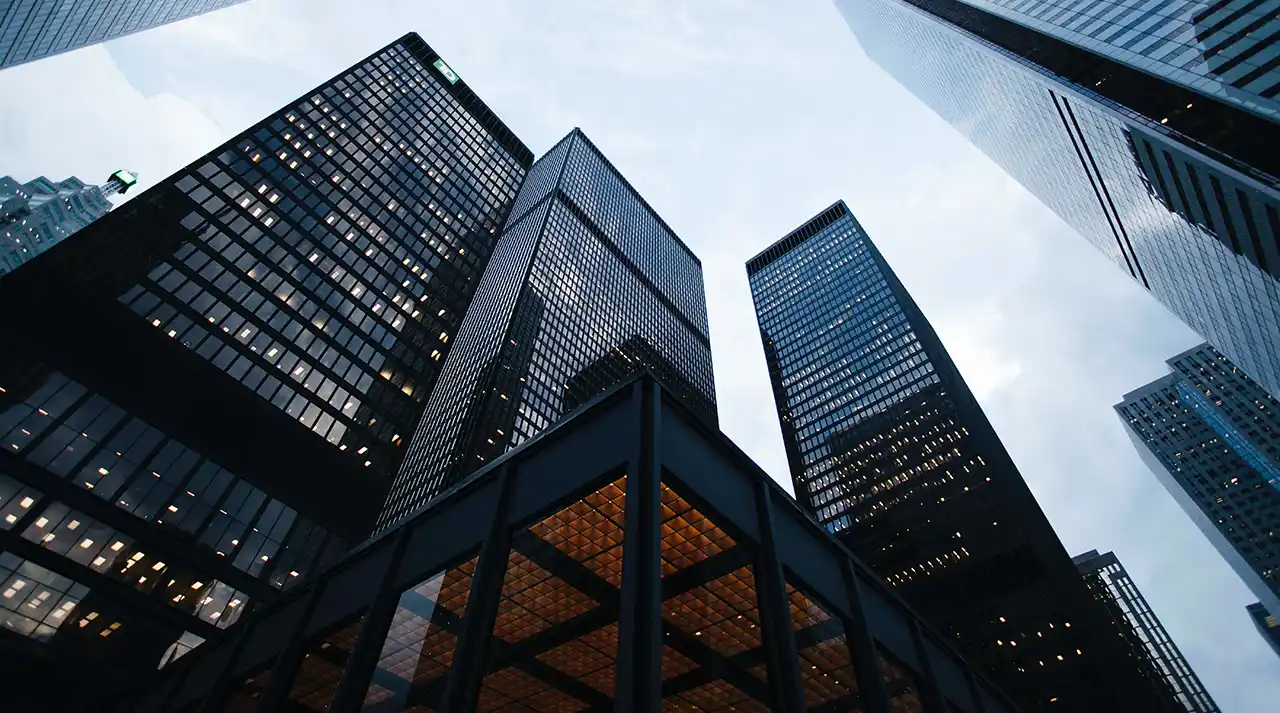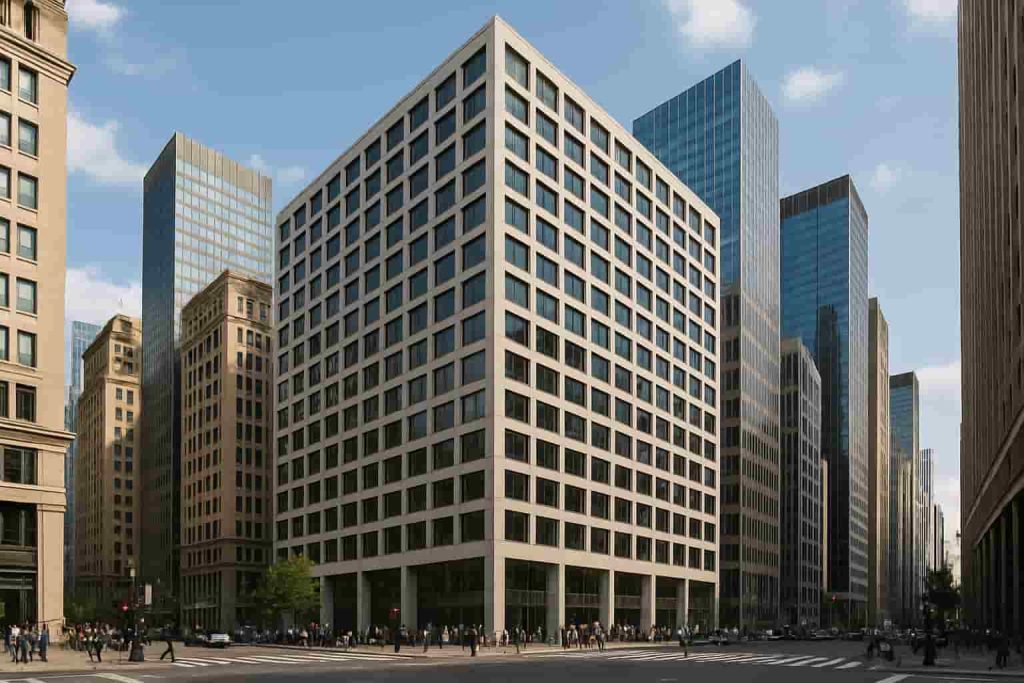The commercial property market is buoyant as it learns to adapt to new trends caused by the COVID-19 pandemic.
Changes to the way people work, demand for retail assets, investor demand for industrial real estate and a lack of supply are all driving the property sector up in both our cities and our regional areas.
Marty Green from Westpac Business told the Australian Financial Review the pandemic had completely changed how people use office space in the city.
“The push for open plan and agile working in recent decades increased office space efficiency as layouts moved away from individual offices to collaborative spaces,” he said.
“But social distancing has reversed some of those trends, as businesses try to ensure their employees can safely return to the workplace with ample social distancing on site.”
After the devastating pandemic hit in 2020, commercial property bounced back according to Colliers research, which shows $5.3 billion was invested in Australian CBD offices in 2021, a jump of 40 per cent from that dire year prior.
Businesses are adapting and working out ways to facilitate the combination of working from home and office.
“With a mix of staff in the office and working from home, there may be opportunities for businesses to transition their approach to a more decentralised, flexible metropolitan footprint,” Mr Green told AFR.
Things are equally exciting for regional commercial property, with plenty of interest coming from people who are over the pandemic, want to get away from the crowd and want a sea change, or those that like the countryside, tree change.
“In the past year, we have seen major hubs such as Geelong experience strong commercial lending enquiry, fuelled by population growth, the shift to work from home, rising regional employment opportunities, housing affordability and proximity to Melbourne,” said Mr Green.
“Over the past 18 months, many of our customers have acquired assets at tangible discounts, due to the level of uncertainty that prevailed earlier in the pandemic.
“More recently, this has led to significant growth in asset values within neighbourhood and large format retail sectors. Our retail portfolio has grown in the past year and many of the centres acquired are regional and tend to have a repositioning opportunity which our customers are not frightened to take on,”
Managing director of retail capital markets at commercial property experts Colliers, Lachlan MacGillivray, said retail investment activity had now recovered from the pandemic.
“While industrial and office assets have seen further cap rate compression throughout this period, this has not been the case for larger retail centres, driven mainly by COVID-impacted provisioning,” he told AFR.
“With the strong retail sales performance witnessed over the last 12 months, we have seen retail become even more attractive on the relative value front. Retail owners and investors have been able to capitalise on the challenges of the last two years and ensure their assets are well-positioned for future success.”
Gavin Bishop is also from Colliers and said the strong growth in the nation’s industrial and logistics sector was driven by both occupiers and investors.
“COVID led to a sharp rise in online retail sales as consumers were forced to shop online and in turn, occupier take-up has reached record levels over the past two years,” he said.
“Despite record investment of $16 billion in the sector last year, demand continues to far outstrip the availability of assets for sale, which has placed downward pressure on yields.”



